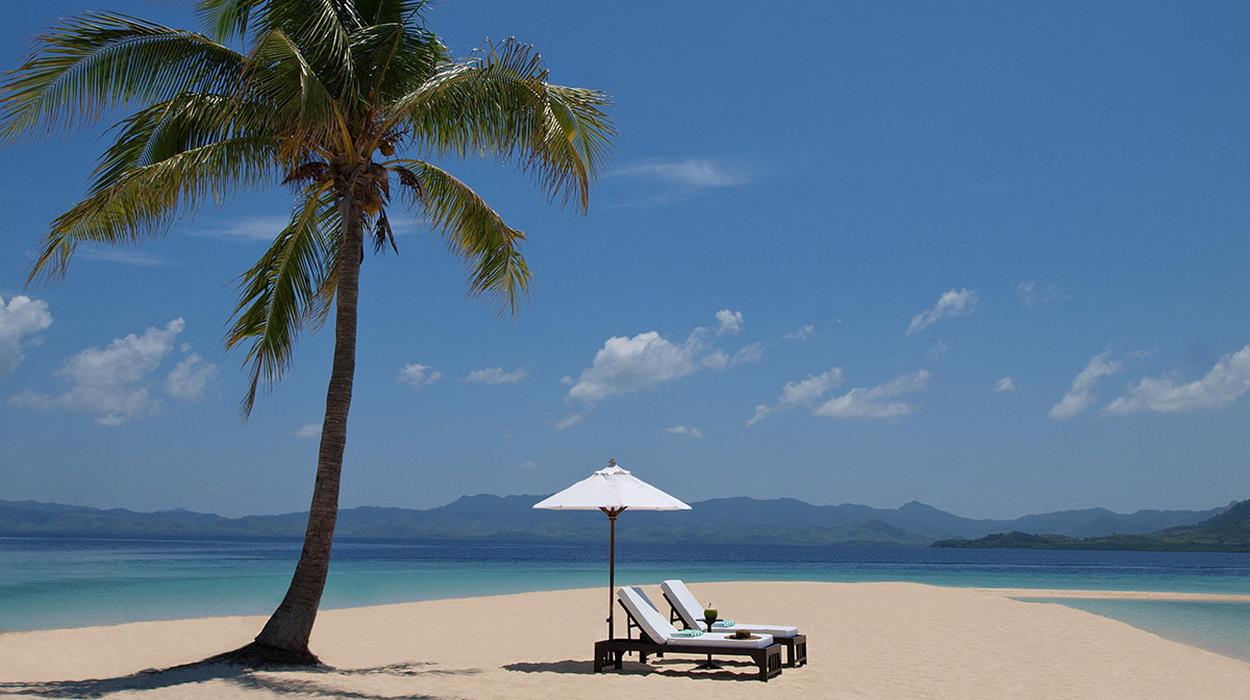
Code: PHI
Embark on a 10-day journey through the stunning Philippines, where breathtaking landscapes, rich cul...
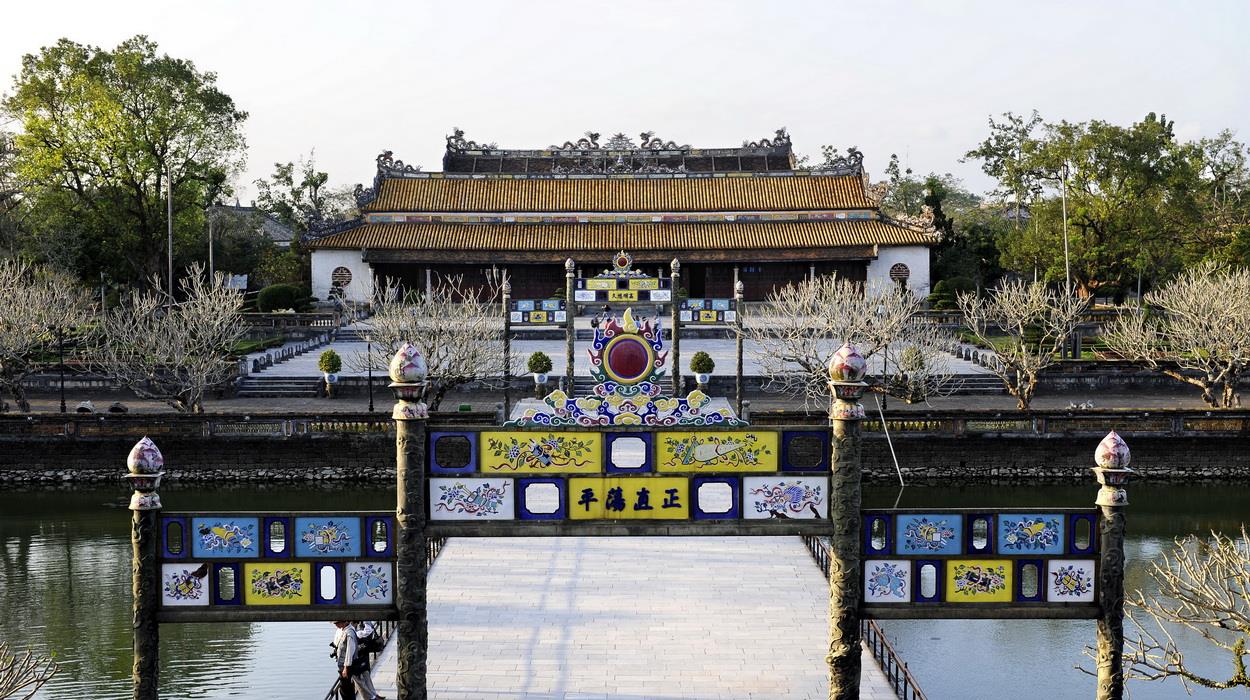
Code: VTN
This 11-day Vietnam tour offers a fascinating journey through the country's rich history, culture, a...
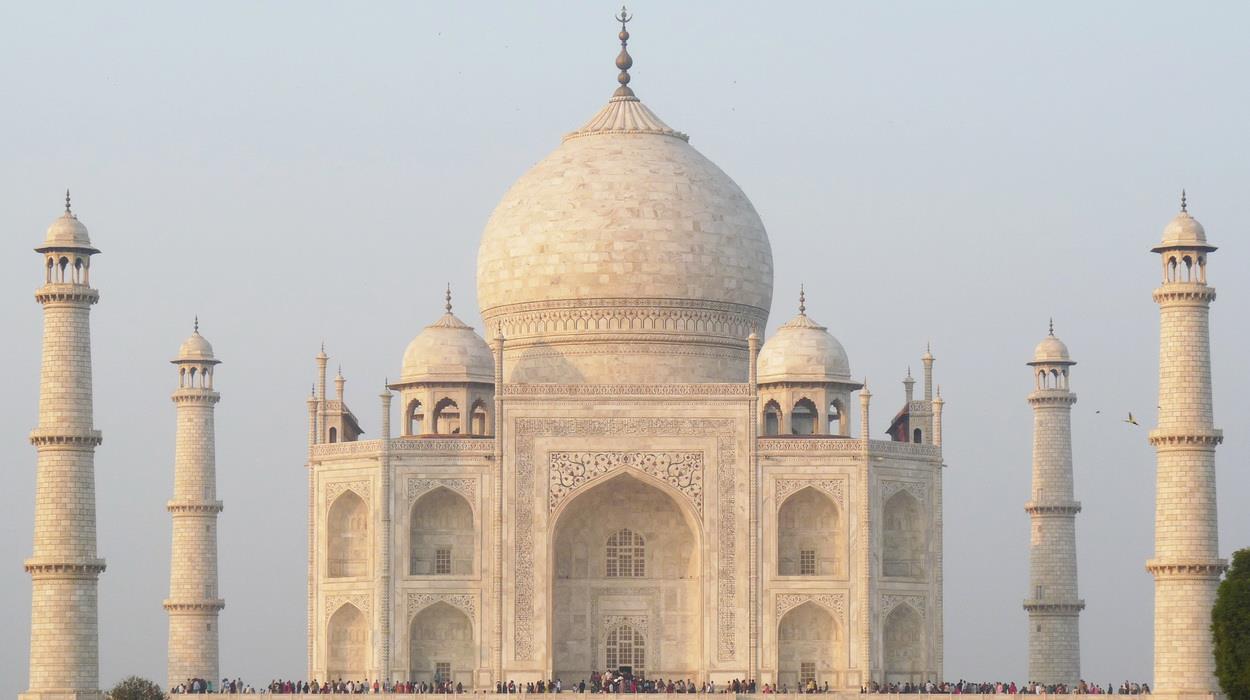
Code: IML
Embark on a 13-day voyage that seamlessly blends the vibrant heritage of India with the tranquil bea...
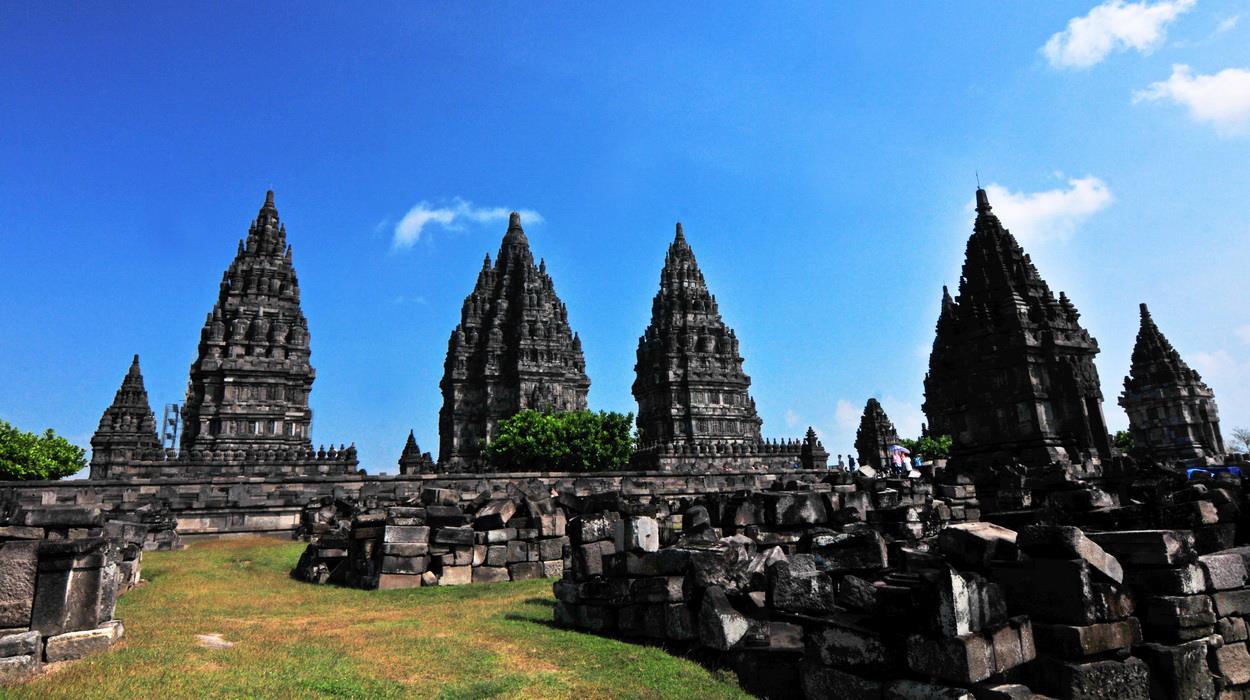
Code: JVD
Experience the best of Java and Bali over 14 unforgettable days. Begin your journey in Yogyakarta,...
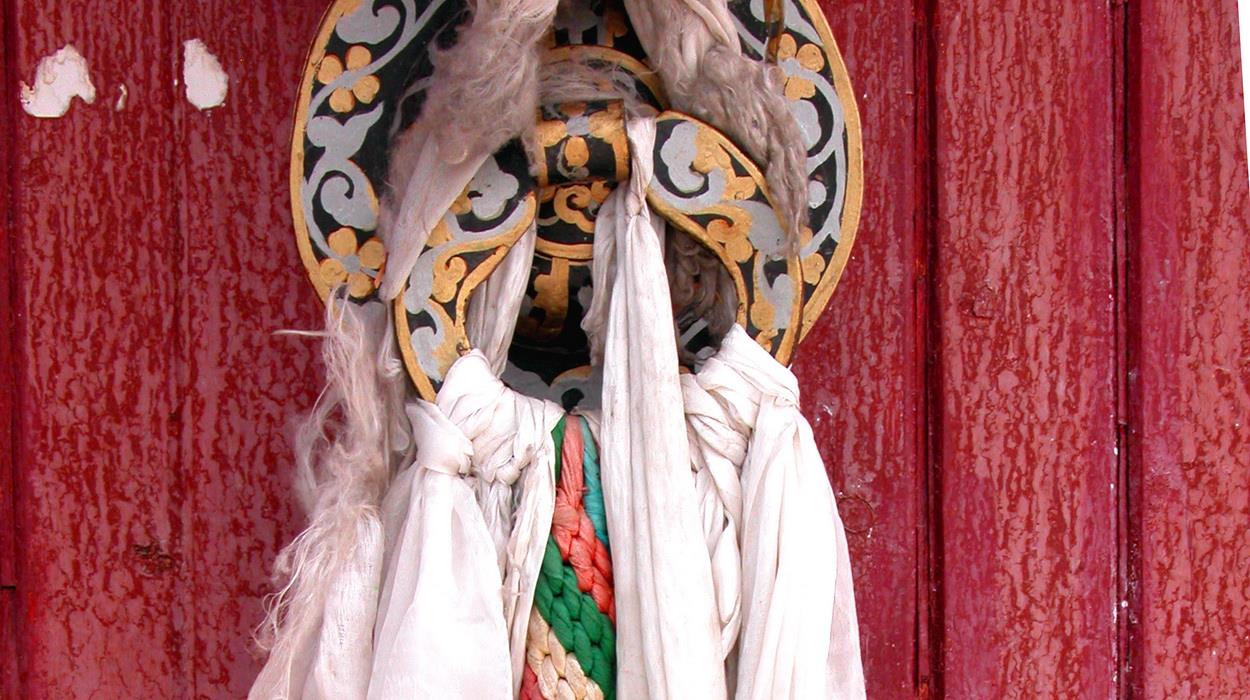
Code: LHTB
Commence on a captivating 7-day journey through Tibet, where ancient monasteries, sacred lakes, and ...
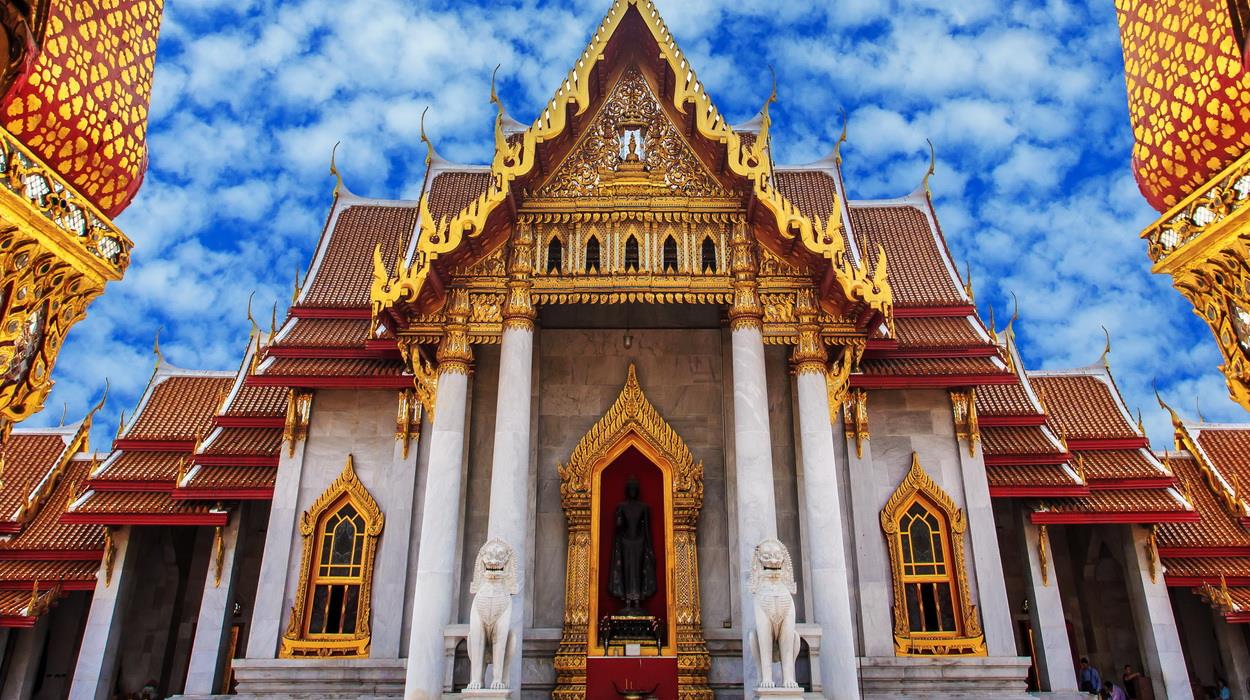
Code: THATRE
Experience the ultimate 11-day journey through Thailand's cultural and natural wonders on this capti...

Code: AMZ
Embark on a 10-day journey through Thailand, beginning with the vibrant energy of Bangkok. Explore t...
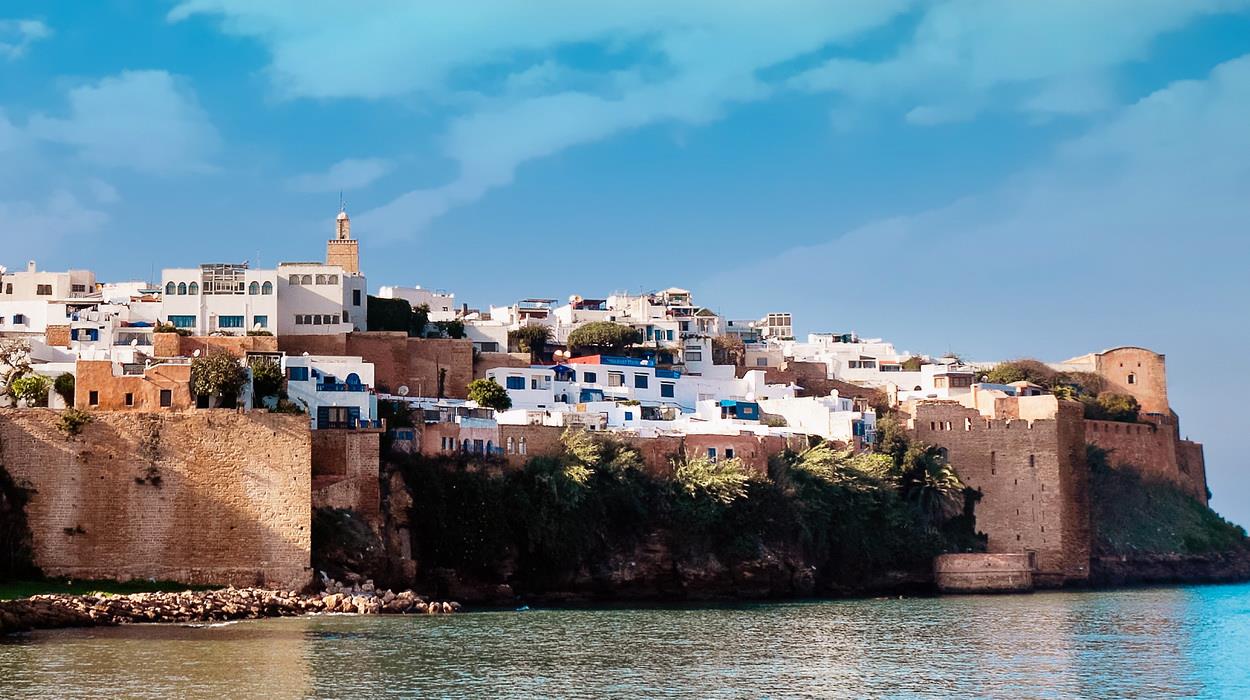
Code: TUR210
Join us on this captivating 7-day journey through the cultural tapestry of Morocco, where luxury acc...
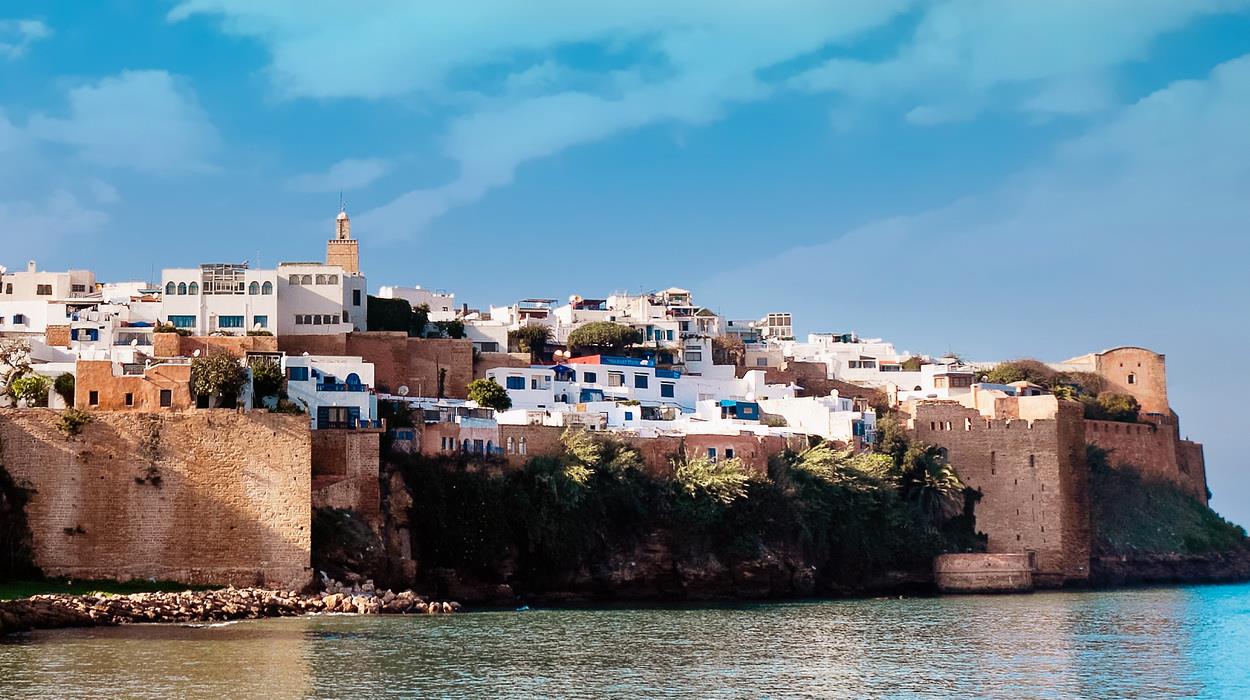
Code: TUR208
Join us on this captivating 7-day journey through the cultural tapestry of Morocco, where luxury acc...
Currently there are no tour available....